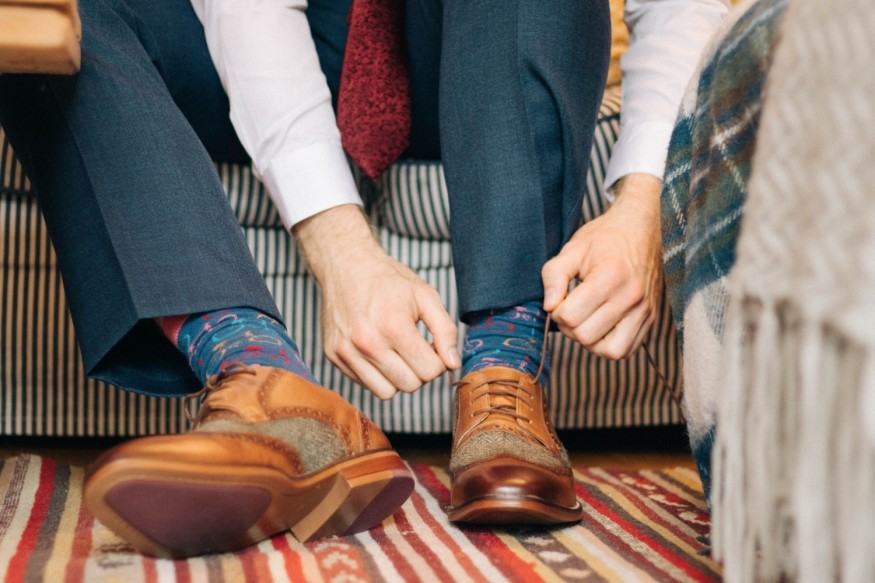
Whether you work on your feet all the time or spend most of your time in an office chair, wearing comfortable shoes is essential for work. Work means different things to different people, but this is especially the case when you are performing some form of manual labor. When you don't work on your feet that much, when you do you might not be wearing the right shoes. It might cause problems for you, even if it's just a single day of working on your feet. Below is why comfortable shoes are important for work as well as a few tips on the shoes you should buy whether you are looking for comfortable work shoes for women or men.
Supports the Rest of Your Body
One of the main reasons comfortable shoes are imperative at work is because they support the rest of the body. When you have supportive, comfortable shoes, you can work on your feet longer without pain. You'll be able to feel better after a long shift standing. When you work long days, you need to support your whole body. Your back will even be more supported when you wear good shoes. It doesn't matter if you spend all day on your feet or just a portion of it, wearing supportive, comfortable shoes is compulsory. It's also why you should replace your shoes when they're done for.
Help Your Feet Sweat Less
Another thing you must worry about when you are working is how much your feet are sweating. Even if you are seated, you will want to keep your feet dry when you are in a hot area. Of course, feet sweat more when you are on them, but you don't have to be walking all the time to get sweaty feet. When you work in a warm environment or your work simply doesn't have air conditioning, you should wear light, breathable shoes that prevent sweat. Running shoes are great for this, but so can slip-ons and the right pair of sandals if you can wear them at work. Whatever the situation, trying to wear shoes and socks that are supportive and cool is the way to go.
Protect Your Feet
Overall, shoes are designed to protect your feet. It is, of course, the main reason to wear shoes in the first place. Whether you are working on your feet a lot or not, they should prevent injury to your toes, soles, and the rest of your feet. This is especially the case when you work in an environment where something could fall on your feet. Steel-toed boots can come in the clutch. They can protect your toes and support your feet. These boots might get a little hot, but the protection they provide is unparalleled. Boots are great when you are on your feet and working in an environment where something could fall on you.
Be Able to Work on Your Feet Longer
Certain jobs demand that you stand a lot. When you are a customer service worker or a manual laborer, you want to be able to work on your feet without them hurting. You might need to spend 8 eight hours or more on your feet. When you wear supportive shoes, you will be able to get the job done without discomfort. You will be happier and more productive. Depending on the job and what you are doing on your feet, there are a few different footwear options that can be both supportive and comfortable.
Avoid Athlete's Foot
Finally, wearing comfortable shoes can help you avoid athlete's feet. With the right pair of socks inside a breathable shoe, you can try your best to prevent sweating and the formation of bacteria that causes this condition. Regularly using antifungal body wash can also contribute to preventing athlete's foot by eliminating fungi on the skin. You will need to work on preserving your feet when you spend a lot of time working on them. When your shoes are breathable, they are usually comfortable.
There are a lot of ways to make sure that your shoes are as comfortable and supportive as possible. You want them to enable you to stand on your feet if you need to. You also want them to protect your feet from injury and athlete's feet. Whatever your job is, you should do your best to find the most comfortable shoes that will help you feel good and stay productive.












